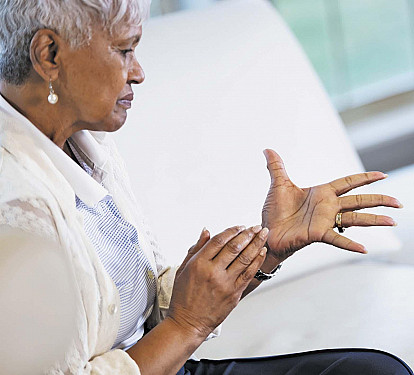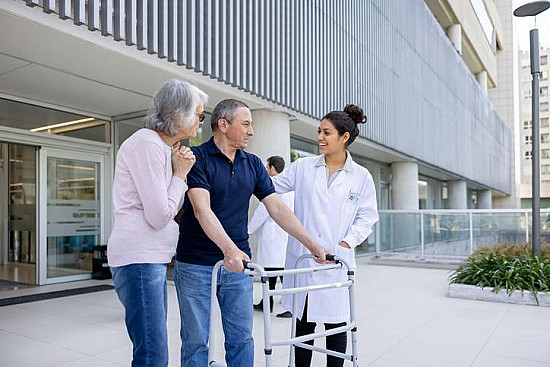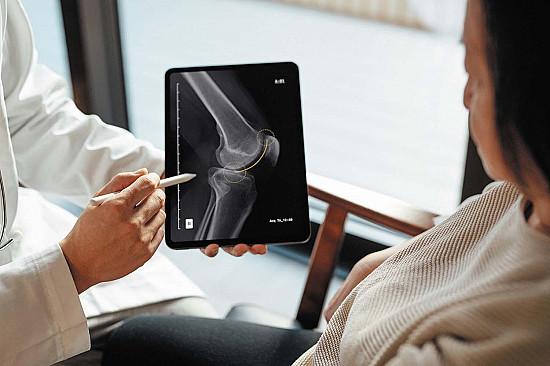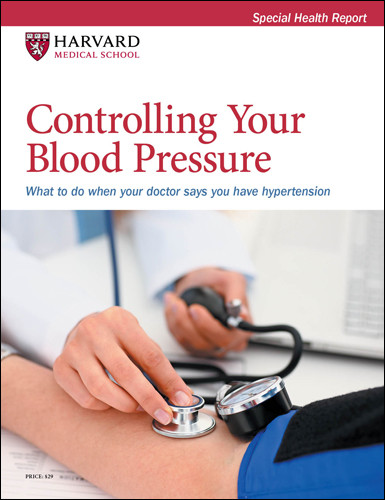Symptom-free dips in blood pressure may precede unexplained falls
Research we're watching
- Reviewed by Christopher P. Cannon, MD, Editor in Chief, Harvard Heart Letter; Editorial Advisory Board Member, Harvard Health Publishing

If your blood pressure drops sharply when you stand (a condition called orthostatic hypotension) you may feel light-headed or dizzy. But a new study suggests that older people with orthostatic hypotension often have no symptoms — and they're more likely to experience unexplained falls than people who do have symptoms.
The study, published in the December 2022 issue of Age and Ageing, included 934 people ages 70 and older. Testing revealed that almost 11% had orthostatic hypotension, which can be caused by various medications, medical conditions, or age. It's defined as a sustained drop in systolic blood pressure (the first number in a reading) of at least 20 points or in diastolic blood pressure (the second number) of at least 10 points within three minutes of standing.
Two-thirds of the people with orthostatic hypotension reported no dizziness or related symptoms upon standing. However, during the follow-up (which lasted an average of 6.3 years), they had a higher risk of unexplained falls than those who reported symptoms. To avoid falls when getting out of bed, doctors often recommend sitting up slowly and waiting a minute or two before standing.
Image: © Lourdes Balduque/Getty Images
About the Author

Julie Corliss, Executive Editor, Harvard Heart Letter
About the Reviewer

Christopher P. Cannon, MD, Editor in Chief, Harvard Heart Letter; Editorial Advisory Board Member, Harvard Health Publishing
Disclaimer:
As a service to our readers, Harvard Health Publishing provides access to our library of archived content. Please note the date of last review or update on all articles.
No content on this site, regardless of date, should ever be used as a substitute for direct medical advice from your doctor or other qualified clinician.
















